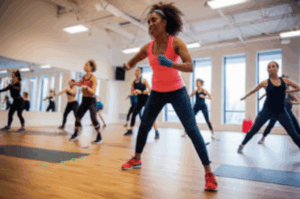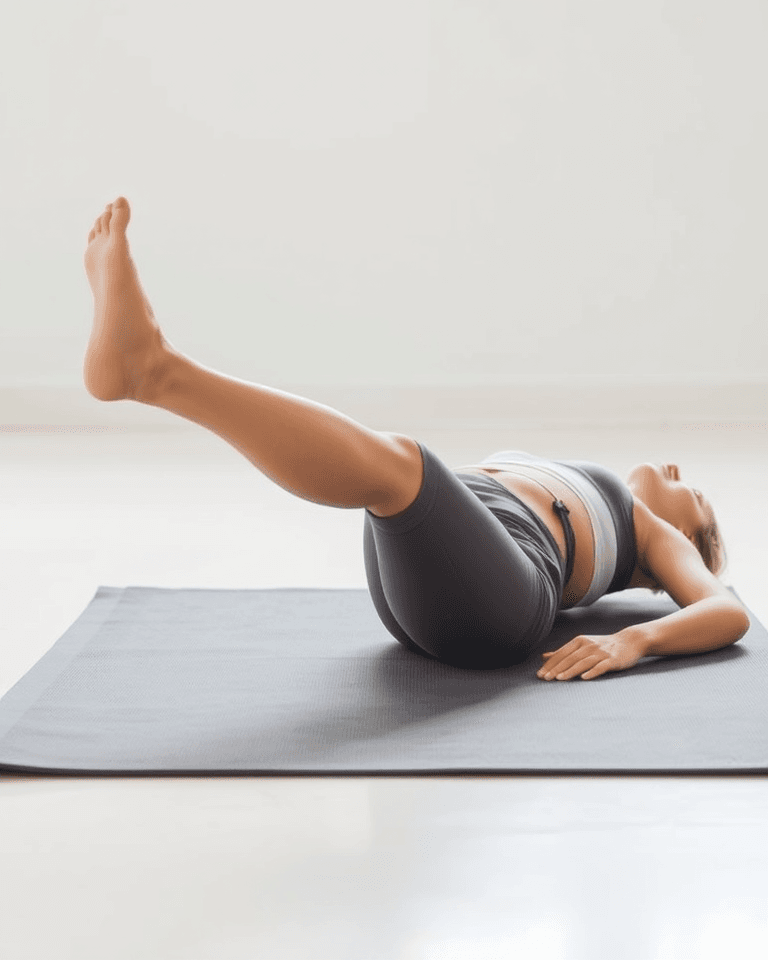Many people focus on building biceps and abs, but often neglect two crucial areas: the neck and glutes. These seemingly disparate muscle groups play a vital role in overall stability, movement, and injury prevention. Weakness in either can lead to a cascade of problems, from chronic pain to increased risk of injury. Understanding the importance of these muscles and how to strengthen them can significantly improve your physical well-being.
The Overlooked Power of Neck Strength
The neck, often overlooked in fitness routines, is a complex structure supporting the head, which weighs around 10-12 pounds, about the same as a bowling ball. Strong neck muscles are essential for maintaining good posture, preventing injuries, and even reducing the risk of concussions.
Why Neck Strength Matters
A strong neck provides several key benefits:
- Spinal Protection: The neck muscles help stabilize the head and prevent it from tipping forward, which can put undue stress on the spine.
- Injury Prevention: A well-conditioned neck can better absorb shocks from sudden impacts, reducing the risk of injuries from sports or accidents. This is particularly important for athletes in contact sports.
- Reduced Concussion Risk: Studies show that athletes with stronger neck muscles experience lower head acceleration during impacts, potentially reducing the risk of concussions. A thicker, stronger neck can lessen the magnitude of force upon impact.
- Improved Posture: Strong neck muscles help maintain proper spinal alignment, reducing strain and preventing postural issues.
- Core Engagement: A robust neck can improve overall core strength by helping to maintain spinal alignment.
Signs of a Weak Neck
A weak neck can manifest in several ways:
- Neck Pain or Discomfort: Frequent pain or stiffness in the neck is a common sign.
- Limited Range of Motion: Difficulty turning your head or moving it in certain directions.
- Headaches or Migraines: Tension headaches can often be linked to weak neck muscles.
- Numbness or Tingling: Sensations in the arms or hands can indicate nerve issues related to neck weakness.
- Dizziness or Lightheadedness: These symptoms can occur due to imbalances in the neck muscles.
- Difficulty Maintaining Upright Posture: A tendency to hunch or slouch.
- Fatigue in the Upper Body: Feeling tired or weak in the upper body due to overworked neck muscles.
- Difficulty Swallowing or Speaking: In severe cases, weak neck muscles can affect these functions.
- Visual Disturbances: Blurred or double vision can sometimes be linked to neck issues.
Effective Neck Strengthening Exercises
To improve neck strength and prevent injury, consider incorporating these exercises into your routine:
- Chin Tucks: Gently retract your head and chin straight back, without tilting your head, holding for a few seconds.
- Neck Rotations: Slowly turn your head to the right and left, holding each position for a few seconds.
- Lateral Extensions: Gently tilt your head to the side, bringing your ear towards your shoulder.
- Resistance Presses: Using your hand as resistance, press your forehead and the back of your head into your hand, holding for a few seconds.
- Isometric Neck Exercises: Push your head against a stationary object or your hand in different directions (forward, backward, sideways) without moving your head.
- Shoulder Blade Squeezes: Pinch your shoulder blades together to strengthen upper back muscles which support the neck.
- Neck Retractions with Resistance Band: Use a resistance band for added challenge during neck retractions.
The Powerhouse of the Lower Body: Glute Strength
The gluteal muscles, located in the buttocks, are the largest muscle group in the body. They play a crucial role in hip and leg movement, lower back stabilization, and overall functional movement. The glutes are comprised of three main muscles: the gluteus maximus, gluteus medius, and gluteus minimus.
Why Glute Strength is Essential
Strong glutes are essential for several reasons:
- Stability and Balance: Glutes are crucial for stabilizing the pelvis and maintaining balance during movement and activities. They prevent the pelvis from dropping during single-leg stance.
- Power and Performance: Strong glutes generate power for movements such as running, jumping, squatting, and lifting.
- Injury Prevention: Weak glutes can lead to poor posture, muscle imbalances, and increased risk of injuries, particularly in the lower back, hips, knees, and ankles. Weak glutes cause the body to compensate, putting extra strain on other muscles and joints.
- Pelvic Stability: The gluteus medius and minimus stabilize the pelvis during walking and running, preventing excessive movement.
- Proper Movement Patterns: Strong glutes ensure correct hip and leg movement, reducing the risk of injuries.
- Reduced Back and Knee Pain: Strong glutes help with pelvic alignment, which is key to lower back health, and also reduce the forces acting on the knee joints.
Signs of Weak Glutes
Weak glutes can manifest in various ways:
- Tight Glutes: Ironically, tight glutes can be a sign of weakness, as other muscles compensate.
- Poor Posture: Weak glutes often lead to a forward tilt of the pelvis and poor posture.
- Lower Back Pain: Often caused by the lower back trying to overcompensate for weak glutes.
- Hip or Knee Pain: Weak glutes can cause instability and misalignment leading to pain in the hip and knee joints.
- Inability to Maintain Level Pelvis: When standing on one leg, the hip may drop due to lack of stability.
- Difficulty Getting Out of a Chair: Requiring the use of hands to stand up, as well as difficulty going down the stairs.
- Wobbly Glute Bridge: Instability during a glute bridge exercise.
- Hamstring Cramping: Hamstrings may overwork to compensate for weak glutes, leading to cramps.
- Form Issues: A pelvic drop or knees caving inwards while running or squatting.
- Unsteady Feet: Wobbling or side to side hip drop during single leg stance or movement.
Effective Glute Strengthening Exercises
To strengthen your glutes, consider incorporating these exercises into your routine:
- Squats: A foundational exercise that targets all three glute muscles.
- Lunges: Effective for building and toning the glute muscles. Can be performed with or without weights.
- Step-Ups: Targets the glutes and hamstrings and can be done with body weight or added resistance.
- Glute Bridges: An excellent exercise that strengthens the glutes and core. Can be modified to be more challenging.
- Single Leg Deadlifts: Enhances balance and glute strength.
- Clamshells: A great way to target the gluteus medius.
- Hip Abduction Exercises: Moving the leg away from the midline to target the gluteus medius and minimus
- Romanian Deadlifts: Focuses on the posterior chain including the glutes and hamstrings.
- Split Squats: Targets glutes as well as other lower body muscles.
- Hip Thrusts: A highly effective exercise for glute strength.
- Donkey Kicks: Isolates the glute muscles.
The Connection Between Neck and Glute Strength
While seemingly unrelated, neck and glute strength are both vital for overall stability and movement. They contribute to a balanced and functional kinetic chain. When either is weak, the body compensates in ways that can lead to further imbalances and injuries.
A strong core is also crucial to the function of both the neck and the glutes. The core muscles stabilize the spine and pelvis, which are essential for proper movement in both the upper and lower body. Neglecting any of these muscle groups can lead to a decline in overall physical well-being.
Conclusion
Don’t let stiff necks or lazy glutes hold you back. By understanding the importance of these often-overlooked muscle groups, you can take proactive steps to strengthen them and prevent injuries. Incorporating targeted exercises into your regular fitness routine can improve your posture, stability, and overall physical performance. Remember that consistency and proper form are key to seeing results and avoiding injury.







